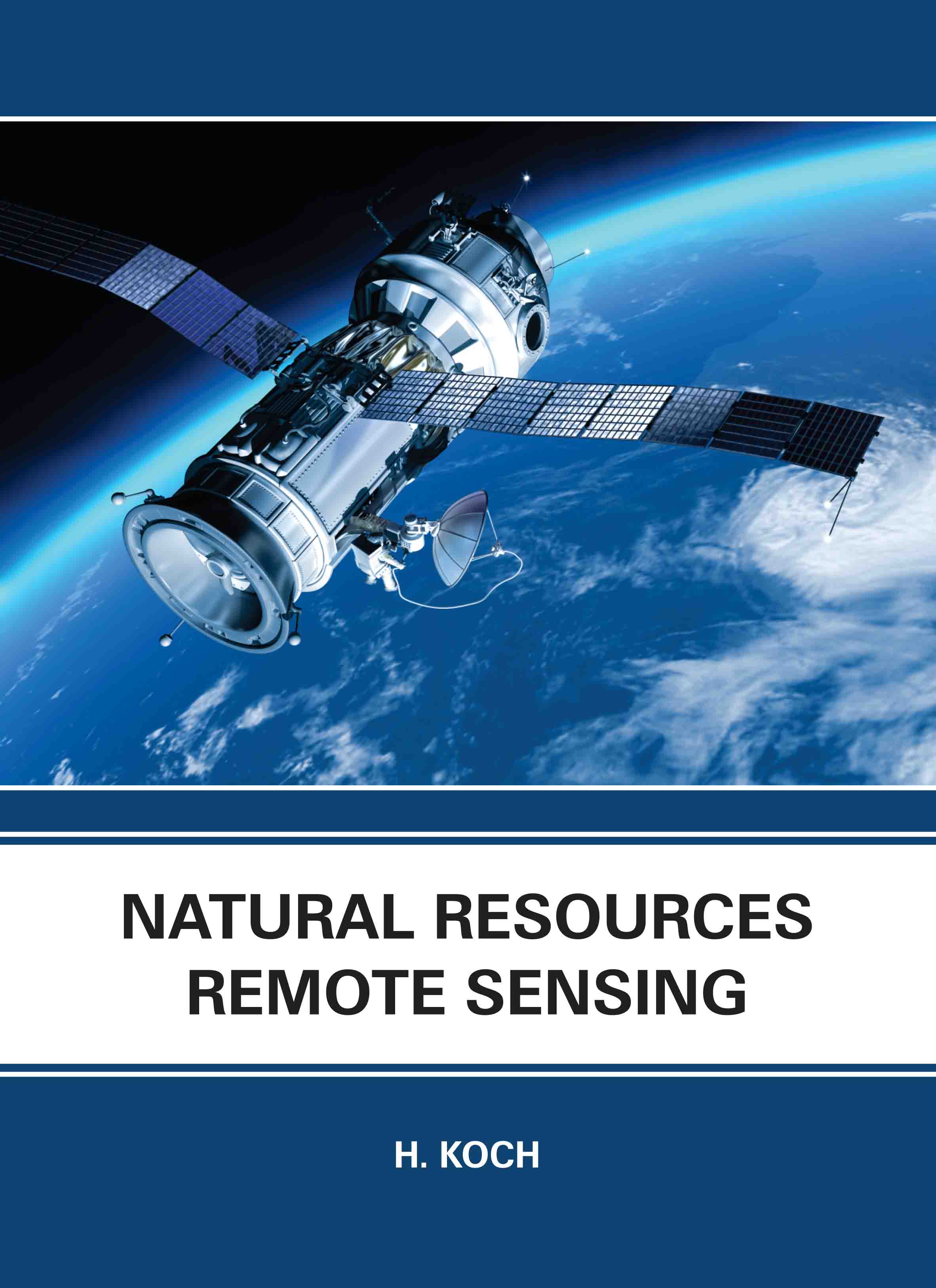
Natural Resources Remote Sensing
by H. koch
| ISBN | 9781835351253 |
|---|---|
| Publisher | EDTECH PRESS |
| Copyright Year | 2025 |
| Price | £155.00 |

by H. koch
| ISBN | 9781835351253 |
|---|---|
| Publisher | EDTECH PRESS |
| Copyright Year | 2025 |
| Price | £155.00 |
In order to investigate seasonal, and geographical patterns in the health of forests and rangelands, as well as the effects of drought, wildfires, and illnesses on our landscapes and wildlife habitat, remote sensing data is used. The process of gathering data about an object without coming into direct contact with it is known as remote sensing. The most popular platforms from which remote sensing observations are made are aircraft and satellites. The use of electromagnetic energy to identify and measure target properties falls under the definition of remote sensing. Given the changing climatic circumstances of Earth systems, there is an urgent need for sustainable management of natural resources. It is becoming more crucial to be able to precisely and reliably monitor natural resources. There are always being developed and improved remote sensing technologies and methods. The design, functionality, and use of sensors for remote sensing of natural resources (vegetation, water, impervious surfaces, nutrients, and soil), water and energy fluxes, clouds, atmospheric pollutants, surface temperature, and other land and aquatic resources is a crucial area of remote sensing research to comprehend the physical, ecological, hydrological, and environmental properties of surfaces and substances.